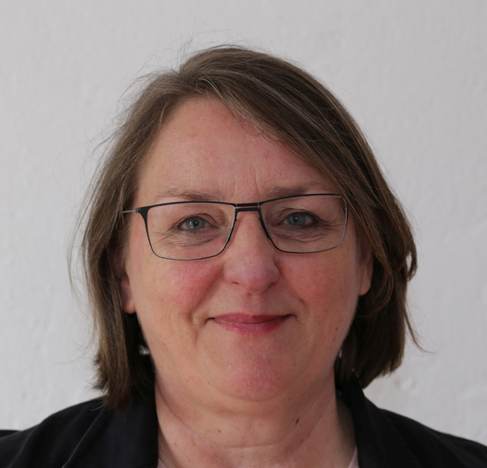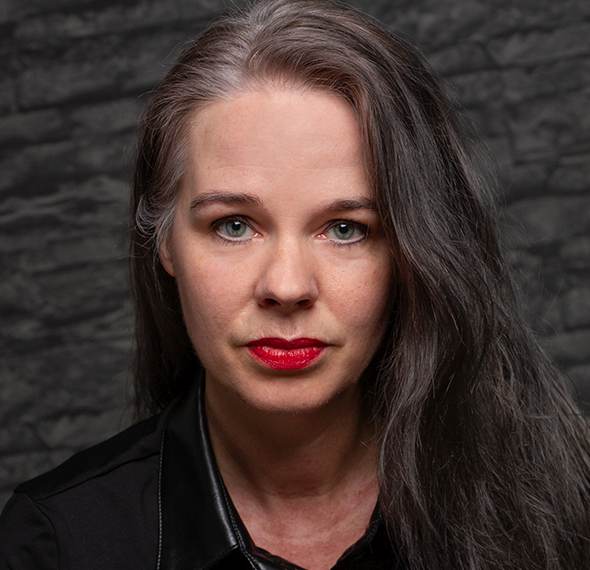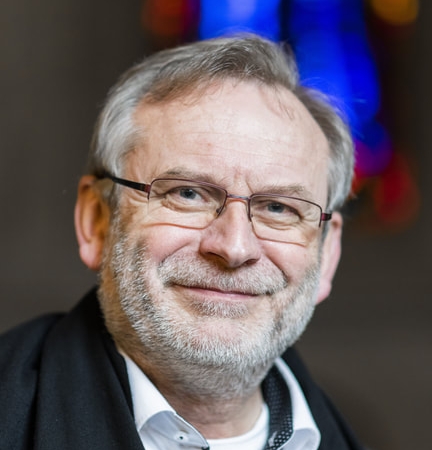Session 6
The perspective of the public
What is the significance of Church activities for social life in the neighborhood? How can church buildings take on a new role as public spaces?
Church finds City. The Church with its social services as a partner for social neighborhood cohesion

- Name / Titel
- Petra Potz
- Funktion
- Planungsbüro location3, Berlin, Germany
The nationwide ecumenical platform "Kirche findet Stadt" was set up in 2011 as a pilot project of the National Urban Development Policy at the Federal Building Ministry. Under the title "Fields of innovation and experimentation for the partnership-based development of liveable neighborhoods", the German Caritas Association and Diakonie Deutschland, together with the Secretariat of the German Bishops' Conference and the Church Office of the EKD, examined good practice and derived theses and recommendations for living together in the neighborhood. Four neighborhood-relevant fields of action with church and association involvement were brought together and strategically discussed, which are central to the issue of the common good. Approaches relevant to social and urban development policy are equally important: housing and combating the consequences of poverty and exclusion; intergenerational coexistence; centers and places of encounter and integration; health promotion, prevention and inclusion In view of declining membership, ever larger parishes and congregations due to mergers and succession bottlenecks among pastors, questions about the future prospects of the two large Christian churches are becoming louder. Alongside the listing of shortcomings and deficits, resource-oriented approaches geared towards new qualities can also be found. A rethink is also taking place in the church and association systems, which offers opportunities for a strong repositioning. Local and spatial approaches to social action are being strategically developed in the welfare organizations Diakonie and Caritas. What opportunities and potential for the common good, and therefore for a wider public, lie in these fundamental shifts for local social cohesion? What does it mean for church and association actors when they leave familiar paths, share responsibility and get involved in different logics of action (such as urban and neighborhood development)?
How to demolish a church. A case study on Caritas, Conflict and Catholicism in the Ruhr area

- Name / Titel
- Kim de Wildt
- Funktion
- University of Bonn, Germany
Since the last decades, the topic of church reuse, already a well-known phenomenon in the UK and the Netherlands, has become an increasing factor of societal, scholarly and media attention in Germany as well. This interest is not without controversy as the heated debates often accompanying church transformations show. The societal opposition, which often arises when a church threatens to be demolished or reused, often entails, but also surpasses, the churchgoing segment of the population. To gain a deeper understanding of such a process, the stakeholders involved, their interactions, the meanings they attribute to religious architecture, and the dominant discourses that play a role, I studied one specific case in detail. This is the case of the 150-year-old Roman-Catholic church St. John Baptist that has been recently sold and currently threatens to be demolished. This church, which is located in the district Altenessen of the Ruhr town Essen, has become the battle ground of two opposing fronts. It has drawn substantial media attention and notoriety on a local scale. The association “Rescue St. John” employs all of the options at their disposal to prevent this church from being demolished. The case of St. John seems a schoolbook example of what Foucault calls a dividing practice.
Diaconal use of church buildings in urban social space

- Name / Titel
- Christoph Sigrist
- Funktion
- Großmünster, Zurich, Switzerland
On the one hand, churches are a meeting place for the worshipping community, on the other hand they act as a "public sign of religion" (Thomas Erne) in the public space. Churches are excellent places in social spaces. Social transformations have an impact on church spaces. Church spaces leave their mark on socio-spatial design processes. Focusing on diaconal utilization concepts of city churches, perspectives of guest, protective and intermediate spaces for urban life are recorded. Practical experiences of the Grossmünster, Zurich, prove to be reference texts for theoretical insights into socio-spatial conversion concepts of churches and social spaces. "Church" takes place "outside", not only, but also by making and leaving traces in the interreligious, pluralistic social space of the city as a public sign of help.
Chair

- Name / Titel
- Petra Potz
- Funktion
- Planungsbüro location3, Berlin, Germany
